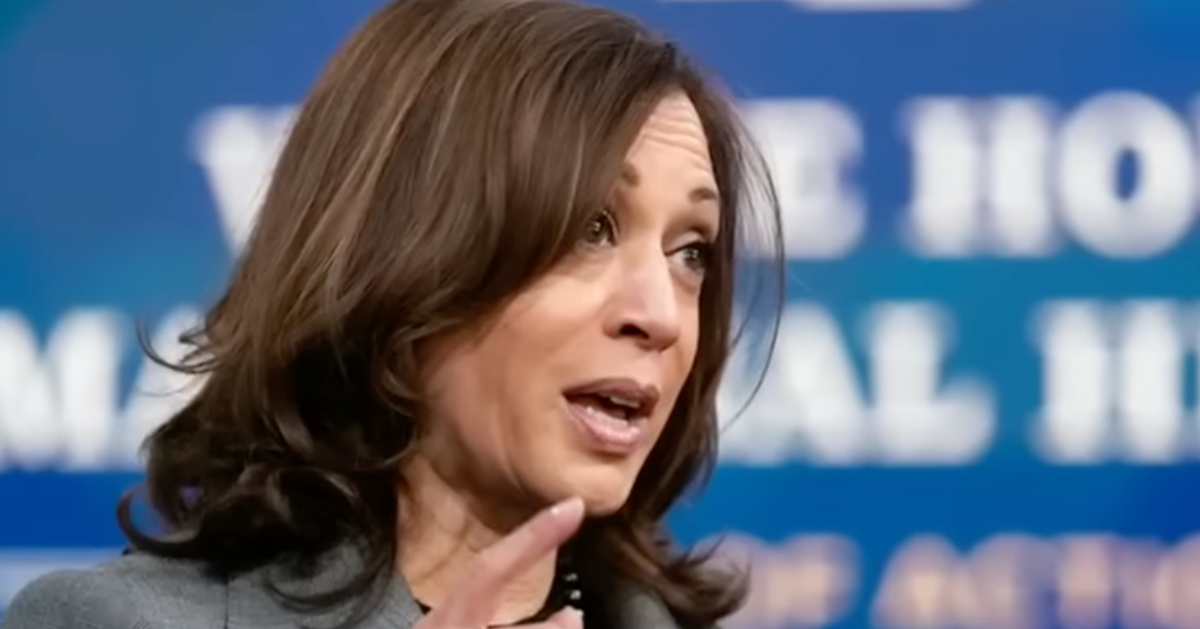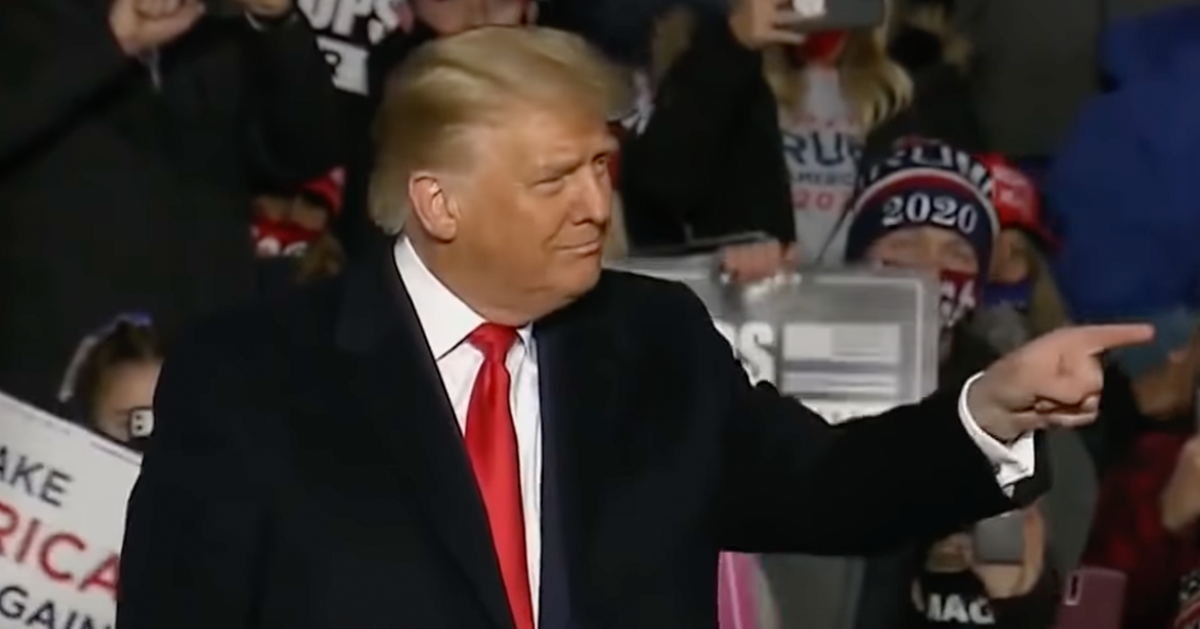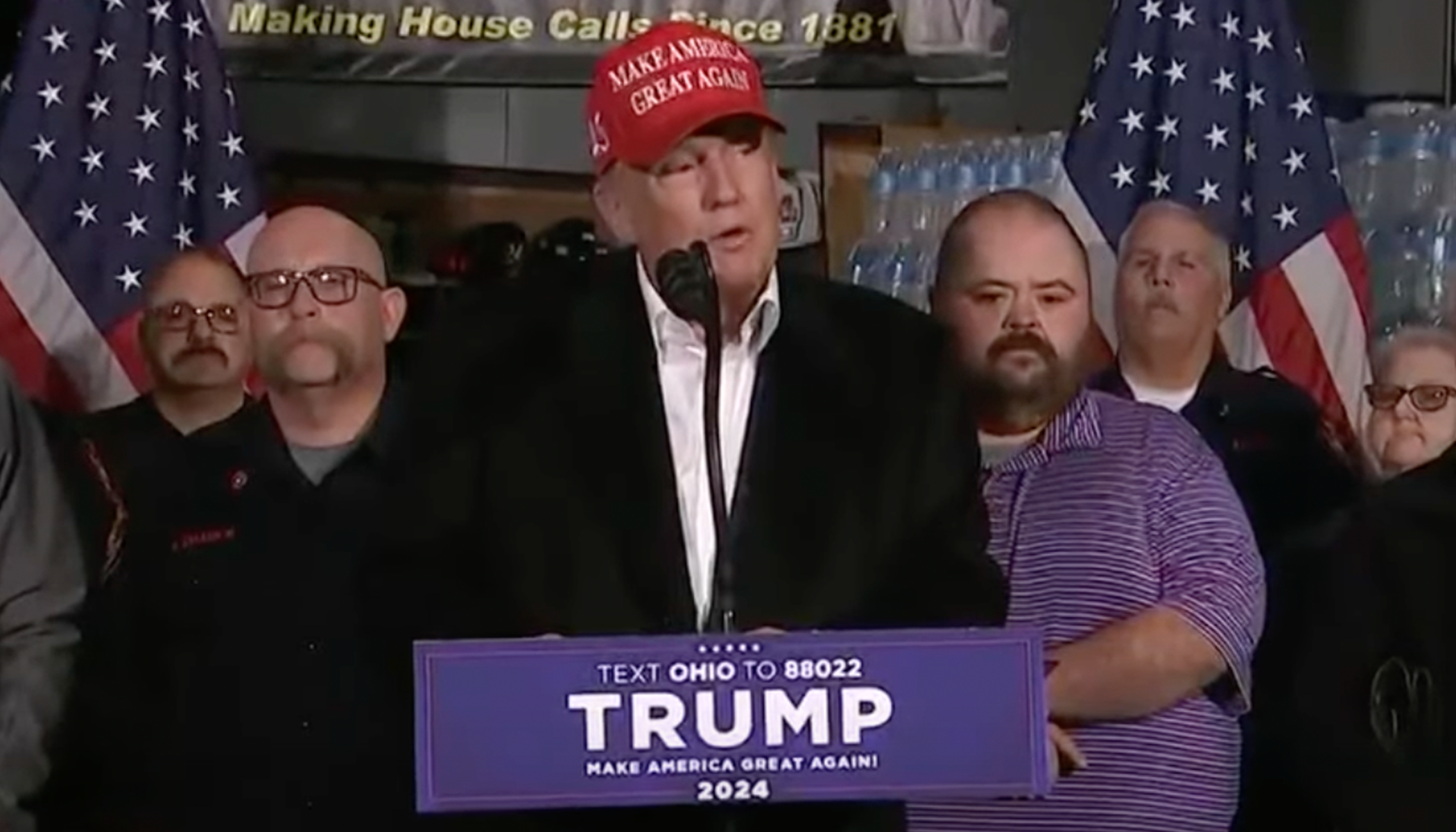Poll Shows Trump Ahead Of Harris In Crucial Wisconsin Race, Election Just A Week Away
With just eight days left until the national election, a new poll out of Wisconsin has drawn significant attention, showing former President Donald Trump maintaining a narrow lead over Vice President Kamala Harris. The USA Today/Suffolk University poll indicates Trump holding 48 percent of likely voter support to Harris’s 47 percent, underscoring the state's critical importance in the looming presidential race.
The latest findings confirm a tight race, suggesting that Wisconsin could play a pivotal role in deciding the next president, Breitbart reported.
This poll, important for its timing and depth, surveyed 500 likely voters from October 20 to October 23 and carries a margin of error of ± 4.4 percentage points. The close margin between Trump and Harris aligns with a broader national trend, evidenced in Trump’s slight lead in the national average compiled by RealClearPolling.
Understanding the Electoral Stakes in Wisconsin
The path to the presidency is particularly thorny this year. If Harris were to lose Wisconsin, her campaign would need to secure wins in Pennsylvania and Michigan, along with at least one other state — Arizona, Georgia, or North Carolina — to achieve the necessary 270 electoral votes.
In contrast, Trump appears to have multiple routes to a victory, even without Wisconsin, with potential wins in Georgia, North Carolina, and Pennsylvania offering a straightforward path.
Furthermore, the gender divide among voters is significant, with 56 percent of men showing support for Trump, while 55 percent of women back Harris. This disparity may also influence the final outcomes in these tightly contested states.
Analysis of Senate Race Simultaneously Signals Tight Contests
The same poll also sheds light on Wisconsin’s Senate race, revealing another close contest. Democrat Senator Tammy Baldwin is narrowly leading her Republican challenger, businessman Eric Hovde. Baldwin garners 46 percent of likely voter support against Hovde's 44 percent. The presence of a third-party candidate, Thomas Leager, who draws two percent support, along with seven percent undecided voters, suggests a volatile final stretch leading up to election day.
The voting patterns from the 2020 election serve as a backdrop, presenting an electorate that is almost evenly split; the recall data indicates 45 percent supported Biden, while 44 percent backed Trump in the previous presidential election.
Voter Dynamics and Decisive Factors in Election Outcomes
This data is crucial as both campaign teams strategize their final pushes to sway the remaining undecided voters. The modest lead Trump holds both in Wisconsin and nationally, though slight, indicates the highly competitive nature of this year's presidential contest.
Furthermore, the direct comparison of votes for third-party candidates in both the current and previous elections reveals a continuing trend that could impact the main candidates.
The presence of undecided voters and those favoring third-party candidates adds layers of uncertainty to the projections, highlighting the need for robust campaigning efforts by all candidates involved. The race remains fluid and the next week’s campaigning efforts are crucial for both presidential and Senate contenders.
Implications for Future Political Strategies
Given the tight margins in both races, the outcomes in Wisconsin could have broader implications beyond just this election cycle.
Historically, Wisconsin has been a battleground state and continues to reflect a national division along political lines. Therefore, the strategies employed here could become models for future elections, particularly in similarly contested states.
The unfolding political battles in Wisconsin emphasize the state's strategic importance in American politics, serving not only as a battleground for candidates but also as a barometer for national political sentiments.
The coming days are crucial as candidates make their final appeals to the electorate, whose decision will likely resonate beyond state lines, influencing the political landscape for years to come.





